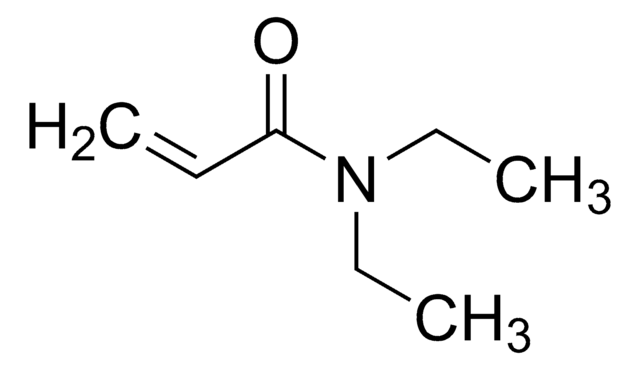295116
Carbon monoxide
≥99.0%
Synonym(s):
Carbon oxide (CO)
About This Item
Recommended Products
vapor density
0.97 (vs air)
Quality Level
Assay
≥99.0%
autoignition temp.
1128 °F
expl. lim.
74 %
bp
−191.5 °C (lit.)
mp
−205 °C (lit.)
SMILES string
[C-]#[O+]
InChI
1S/CO/c1-2
InChI key
UGFAIRIUMAVXCW-UHFFFAOYSA-N
Looking for similar products? Visit Product Comparison Guide
General description
Application
- Transition-metal-catalyzed carbonylation reactions.
- Insertion of carbon monoxide in metal-carbon bonds during copolymerization reactions.
- To grow single-wall carbon nanotubes (SWNT) via disproportionation reaction catalyzed by molybdenum particles.
Catalytic hydrogenation of carbon monoxide over transition metals catalysts to form hydrocarbons has been reported.
Packaging
Compatible with the following:
- Aldrich® lecture-bottle station systems
- Aldrich® lecture-bottle gas regulators
Other Notes
Legal Information
also commonly purchased with this product
control valve
hose barb
purge valve
recommended
Signal Word
Danger
Hazard Statements
Precautionary Statements
Hazard Classifications
Acute Tox. 3 Inhalation - Flam. Gas 1A - Press. Gas Compr. Gas - Repr. 1A - STOT RE 1 Inhalation
Target Organs
Heart
Storage Class Code
2A - Gases
WGK
WGK 1
Flash Point(F)
Not applicable
Flash Point(C)
Not applicable
Personal Protective Equipment
Choose from one of the most recent versions:
Already Own This Product?
Find documentation for the products that you have recently purchased in the Document Library.
Articles
Solvias MeOBIPHEP Ligands: State-of-the-art atropisomeric MeOBIPHEP ligands, also referred to as MeO-BIPHEP, originally developed by Roche, have an extraordinarily broad performance profile for many synthetic applications due to their modular ligand design.
Separation of Methane; Acetylene; Carbon monoxide; Water; Nitrogen; Carbon dioxide; Ethane; Ethylene
Protocols
Separation of Oxygen; Acetylene; Carbon dioxide; Nitrogen; Ethylene; Ethane; Carbon monoxide; Methane
Separation of Hydrogen; Oxygen; Nitrogen; Carbon monoxide; Methane; Carbon dioxide; Acetylene; Ethylene; Ethane
Our team of scientists has experience in all areas of research including Life Science, Material Science, Chemical Synthesis, Chromatography, Analytical and many others.
Contact Technical Service












